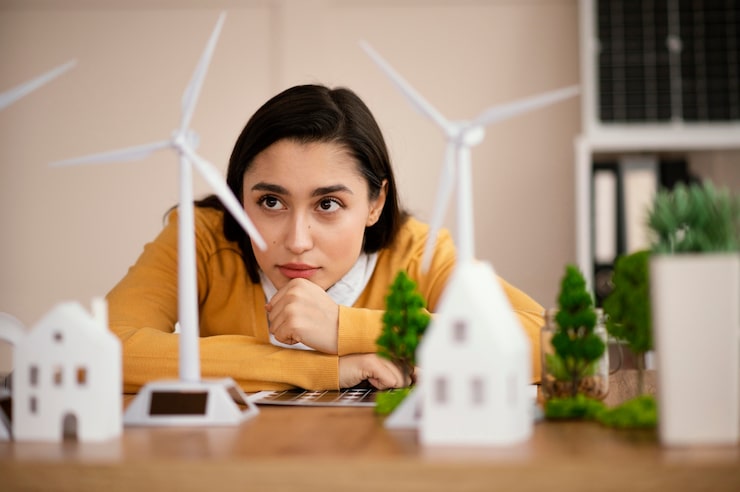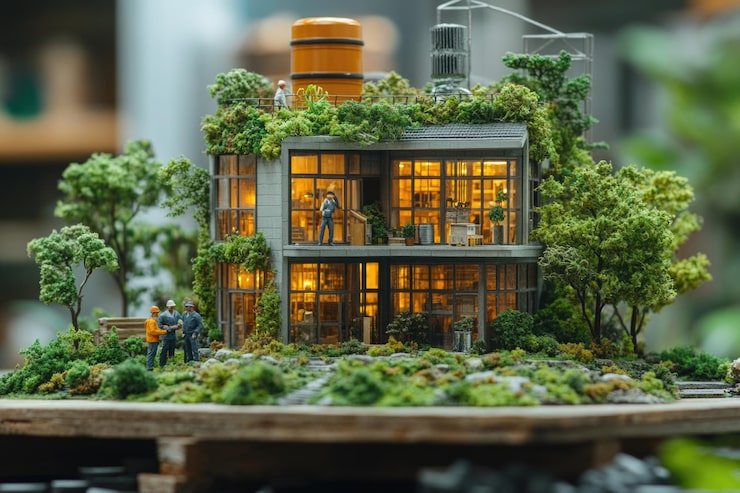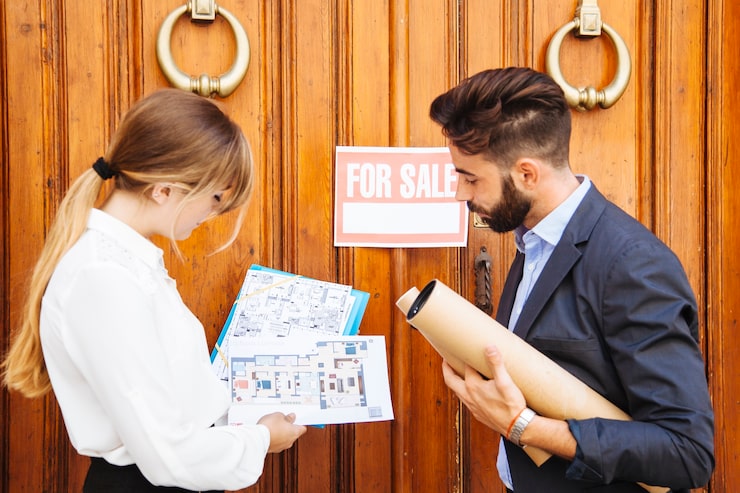The way we live, build, and design our homes is changing. In 2025, eco-friendly homes and sustainable living have evolved from niche trends into mainstream movements. Driven by environmental awareness, rising energy costs, and innovative green technologies, people around the world are reimagining what it means to live comfortably — and responsibly.
From solar-powered houses to zero-waste interiors, sustainability is no longer just about saving the planet; it’s about creating healthier, smarter, and more efficient lifestyles.
Why Eco-Friendly Homes Are on the Rise
The shift toward eco-friendly homes is fueled by three key factors — environmental necessity, technological innovation, and financial benefits.
-
Environmental Impact: Climate change has heightened awareness about carbon footprints, waste management, and energy consumption. Homeowners are choosing sustainable materials and renewable energy sources to reduce their impact.
-
Technological Advancements: Smart thermostats, energy-efficient appliances, and solar systems make green living easier and more accessible than ever.
-
Economic Incentives: Many governments now offer tax credits and rebates for installing solar panels, insulation upgrades, and eco-friendly water systems — making sustainable choices financially rewarding.

sustainable living
Features Defining the Modern Eco-Friendly Home
A sustainable home goes far beyond energy savings — it’s designed with longevity, comfort, and health in mind. Some key features include:
-
Solar Energy Systems: Solar panels and battery storage solutions are now more affordable and efficient, providing clean, renewable power for entire households.
-
Smart Energy Management: Devices like smart thermostats and lighting systems optimize energy use automatically.
-
Sustainable Materials: Builders are opting for recycled steel, bamboo, cork, and reclaimed wood instead of traditional materials.
-
Water Efficiency: Rainwater harvesting systems, greywater recycling, and low-flow fixtures conserve one of Earth’s most precious resources.
-
Natural Ventilation & Lighting: Thoughtful architecture maximizes natural light and airflow, reducing dependency on artificial systems.
These features combine to create homes that are both luxurious and environmentally responsible.
The Rise of Sustainable Living Communities
It’s not just homes — entire sustainable living communities are emerging around the world. These neighborhoods are designed for self-sufficiency and minimal environmental impact, often featuring:
-
Shared solar grids
-
Organic gardens
-
Electric vehicle charging stations
-
Bicycle-friendly infrastructure
-
Community composting programs
Cities like Copenhagen, Vancouver, and Melbourne are setting global examples with eco-centric urban planning that balances modern convenience with environmental responsibility.
Smart Homes Meet Green Living
Modern sustainability is merging with smart home technology to create homes that are both eco-conscious and intelligent. AI-powered systems can now:
-
Monitor energy consumption in real time
-
Adjust heating, cooling, and lighting based on occupancy
-
Track water usage and detect leaks automatically
This fusion of eco-friendly design and smart innovation allows homeowners to reduce waste, save money, and live more comfortably — all while protecting the planet.
The Aesthetic of Sustainability
Gone are the days when “green homes” looked plain or industrial. Today’s eco-friendly homes combine elegance with environmental awareness. Designers are blending natural materials, soft color palettes, and biophilic elements — such as indoor plants and living walls — to create serene, stylish spaces.
Sustainable living is now synonymous with modern luxury — where clean design meets conscious choices.
Challenges on the Path to Sustainability
While sustainable living is gaining momentum, challenges remain. Initial costs for green technologies can be high, and some regions still lack infrastructure for renewable energy. However, as awareness grows and innovations become more affordable, these barriers are rapidly diminishing.
The shift is clear: the future of housing is green, connected, and regenerative.

Final Thoughts
The rise of eco-friendly homes represents more than a design trend — it’s a cultural transformation. People are no longer just seeking beautiful spaces; they want homes that align with their values and contribute to a sustainable future.
By embracing sustainable living, homeowners are investing not only in comfort and style but also in the planet’s long-term health. The home of the future isn’t just smart or luxurious — it’s responsible, regenerative, and built for generations to come.


